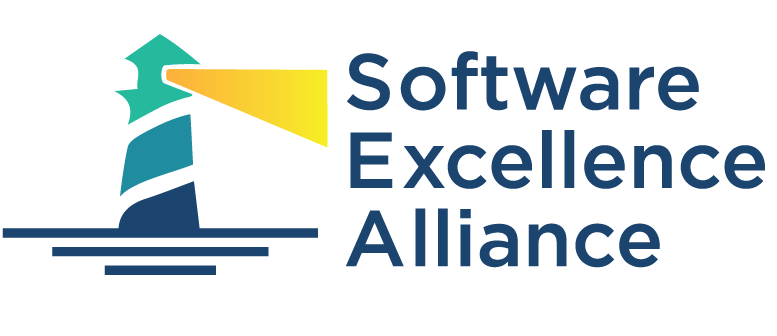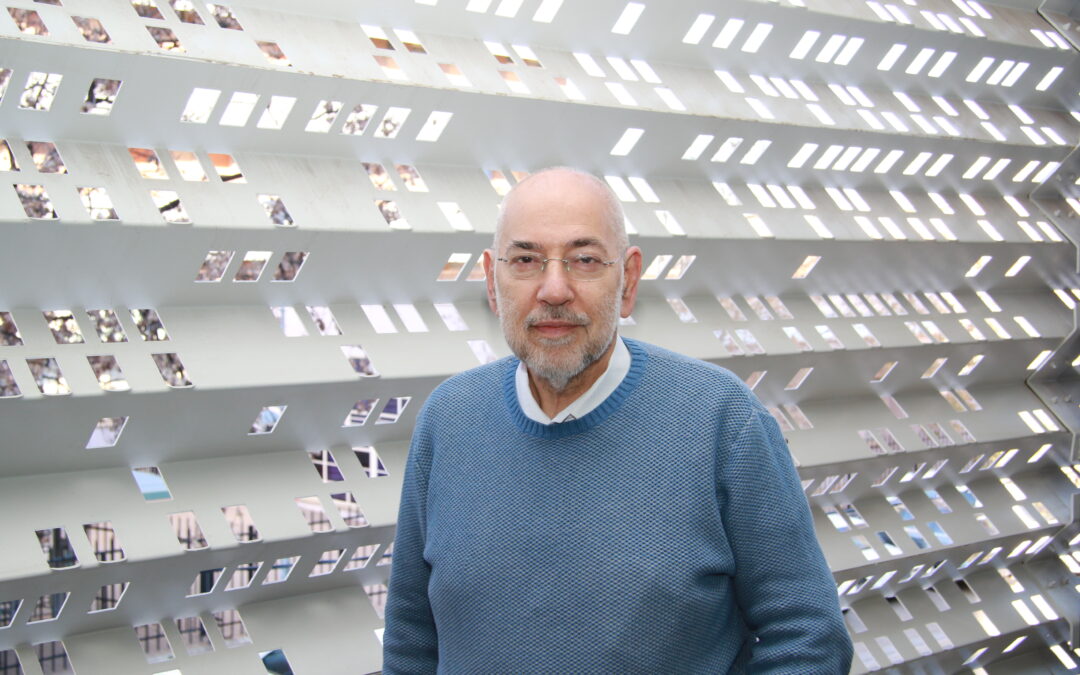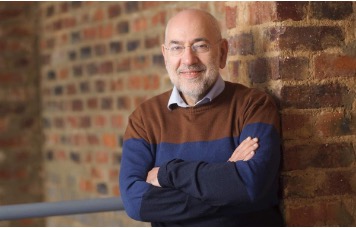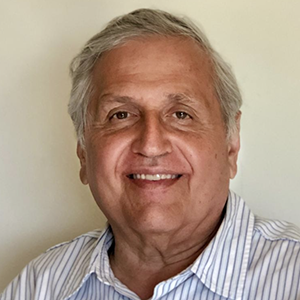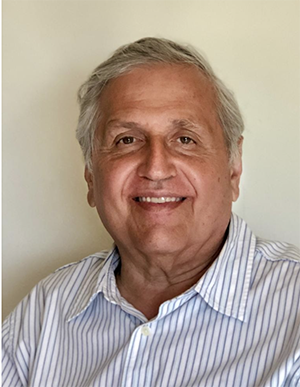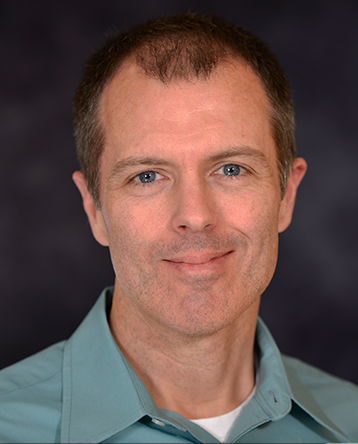
Secure Systems By Design

The May 2024 tech talk was presented by Tim Chick
Abstract
The SEI has been in the forefront of secure software development, promoting a “shift left” approach, whereby security weaknesses are addressed, prevented, or eliminated earlier in the software development cycle, saving time and money.
In this presentation, we will discuss security being an integral aspect of the entire software lifecycle as a result of following deliberate, intentional engineering processes, rather than security being addressed in individual stages as one-off activities.
About the Presenter
Tim Chick is the CERT Applied Systems Group Technical Manager at Carnegie Mellon University’s (CMU) Software Engineering Institute (SEI). He currently leads a team of software and system engineers as they build and operate technical solutions for both internally-funded research and customer-facing prototypes, and delivers trusted, valued, and relevant software engineering and cybersecurity approaches for software intensive systems through engineering and consulting support to DoD and DHS programs. In collaboration with technical experts across the SEI, the team assists organizations with the application of Agile and DevSecOps practices and the adoption of emerging technologies needed to keep pace with evolving opportunities, risks, and threats.
He is also an adjunct faculty member at CMU’s Software and Societal Systems Department (S3D), where he teaches courses on Agile and Software Project Management.
Prior to joining CMU, Chick worked for Naval Air Systems Command (NAVAIR) as a project manager, leading software development projects and software process improvement efforts for the E-2C Hawkeye Program, and as a software acquisition lead for the Vertical Take-Off and Landing Tactical Unmanned Aerial Vehicle (VTUAV) Program.
He holds an MS in Computer Science from Johns Hopkins University and a BS in Computer Engineering from Clemson University.
